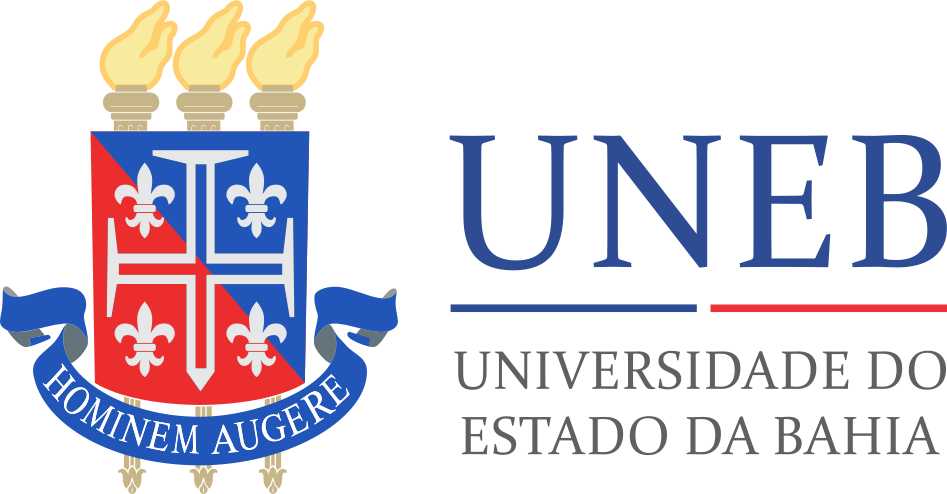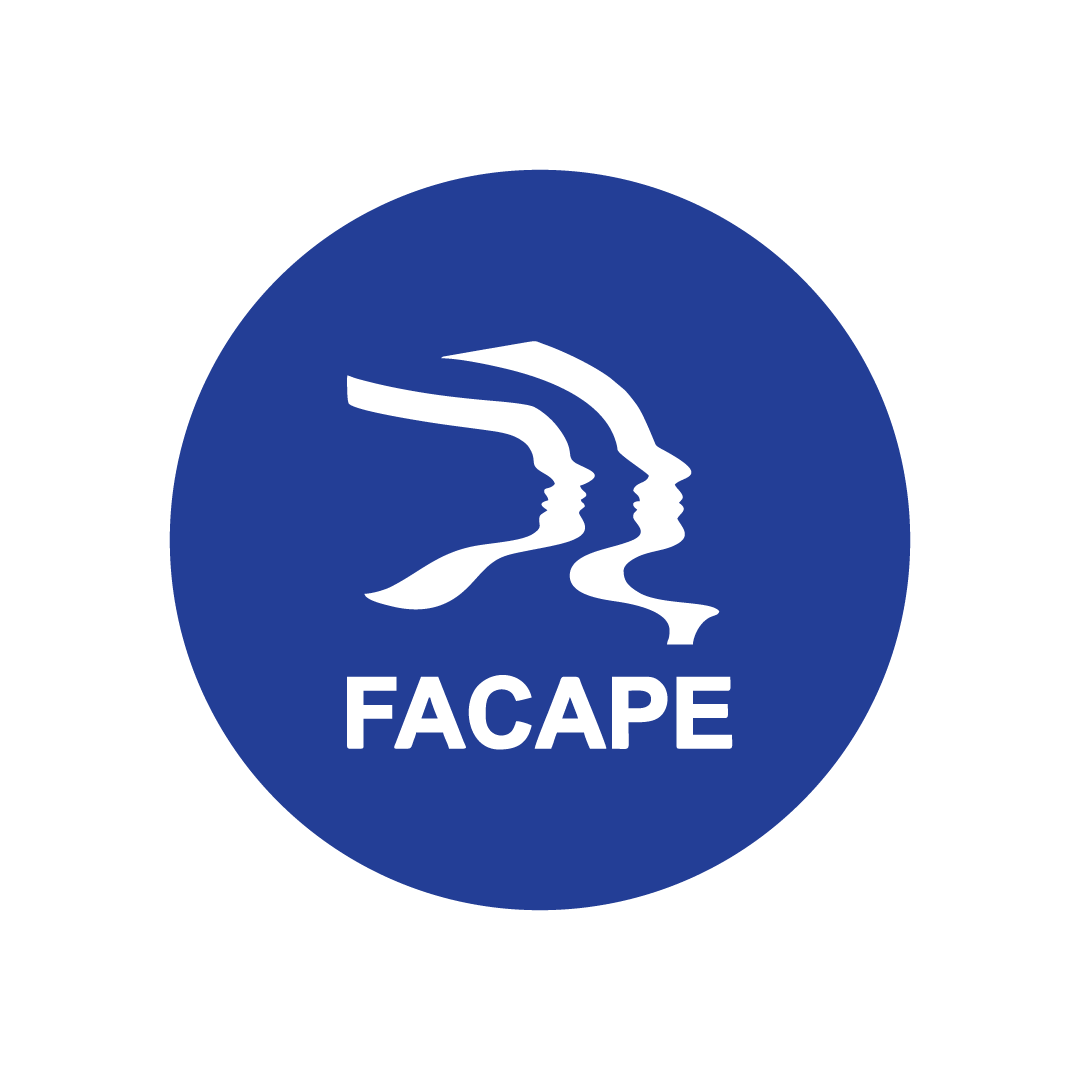ATIVIDADE INSETICIDA DE ÓLEOS ESSENCIAIS DE PLANTAS MEDICINAIS E ÓLEO DE NEEM SOBRE THRIPS TABACI (THYSANOPTERA: THRIPIDAE)
DOI:
https://doi.org/10.5281/Palavras-chave:
Biopesticidas, tripes, Allium cepa, plantas medicinaisResumo
O Thripstabaci é a principal praga na cultura da cebola, sendo controlado comumente por inseticidas químicos. Porém, esta prática é responsável em gerar contaminação de bulbos e dos recursos naturais. Diante disso, têm-se a necessidade de utilizar métodos naturais, como extratos e óleos essenciais no controle do tripes. Esse trabalho avaliou o potencial dos óleos essenciais de diferentes plantas medicinais e o óleo essencial de neem no controle de T. tabaci em condições de laboratório. Discos de papel de filtro foram tratados com os óleos essenciais à 1%, diluídos em Tween 20 a 0,5% e álcool etílico a 0,2%. Dez larvas de tripes foram colocadas sobre discos tratados dentro de placas de polietileno. Posteriormente, as placas foram fechadas com filme plástico e acondicionadas em BOD à 25±1°C, 80±5 % de UR e fotoperíodo de 12 h. O delineamento foi inteiramente casualizado com 4 repetições e 8 tratamentos, sendo seis óleos das plantas medicinais (Lippia alba, Menthapiperita, Cymbopogoncitratus, Cymbopogonwinterianus¸ Thymusvulgarise Lippiasidoides), óleo essencial de neem (Azadirachta indica) e a testemunha (sem óleo). A avaliação dos insetos foi realizada após 24 h, contando-se os insetos mortos. Os dados foram submetidos ao teste de médias e comparadas pelo teste de Tukey a 5%. Das sete espécies testadas T. vulgaris e L. sidoides obtiveram 67,5% e 85% de mortalidade, respectivamente, apresentando diferenças significativas em comparação com aos demais. Os resultados indicam que as espécies T. vulgaris (tomilho) e L. sidoides (alecrim-de-vaqueiro) possuem potencial inseticida no controle do tripes da cebola.















